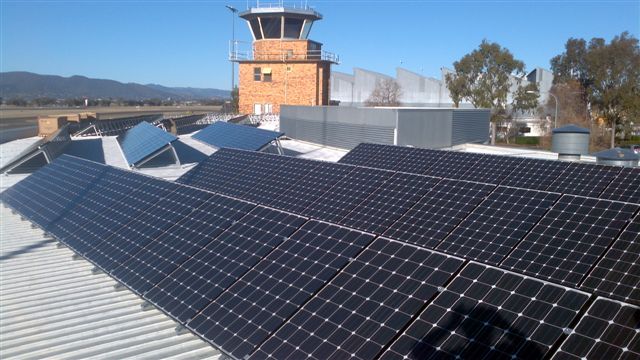A ratio of 1 4 is very conservative in southern ca unless you have a very suboptimal system or lots of shade.
Perfect solar panel ratio.
The size of the system 6 kilowatts or 6 000 watts represents the capacity of a system to produce power while kwh represents the energy output of a system over time.
Your life would be much easier if you could just find out what angle is the optimal solar panel angle in your city or county.
The majority of installations will have a ratio between 1 15 to 1 25.
Below are some examples of solar inverter products and their maximum dc power output recommendation.
With most solar panel systems in the united states at least those with an adequate amount of sunshine your production estimate shouldn t be a 1 1 ratio.
Our head office is based in florida but we serve the entire usa with our certified technicians available in every city and state.
1 axis horizontal tracking differs from 2 axis tracking annually averaged by only 1 3 at most all latitudes.
Here s another onewith 81 solar panels and 68 accumulators at 0 8395.
Perfect solar home is a nationwide solar energy system providing and installations company with an end to end power backup and system maintenance service scope.
We can just round that to 0 84 making your blueprint look nice or having minimal wasted space is the next part.
Inverter manufacturers and solar system designers typically do not recommend a ratio higher than 1 55.
If you install the same sized array with a 5000 inverter the ratio is 1 2.
The optimal ratio is 0 84 21 25 accumulators per solar panel and 23 8 solar panels per megawatt required by your factory this ratio accounts for solar panels needed to charge the accumulators.
Solar panels and accumulators optimal ratio.
A loss factor of 10 or less is appropriate for many installations and most panels going up today fit the model s definition of premium.
1 axis horizontal tracking provides much more output than 1 axis vertical tracking below 65 n and s whereas output is similar elsewhere.
Optimal electricity production occurs when solar panels face south at a tilt equal to 30.
Globally and annually averaged these ratios are 1 19 1 22 1 35 and 1 39 respectively.
The table below features a solar panel angle by zip code for at least one city from every state.
If you haven t tried it yet run the pvwatts model for your system and see what it says.
This means that you need 1 428 mw of production of solar panels and 100mj of storage to provide 1 mw of power over one day night cycle.

